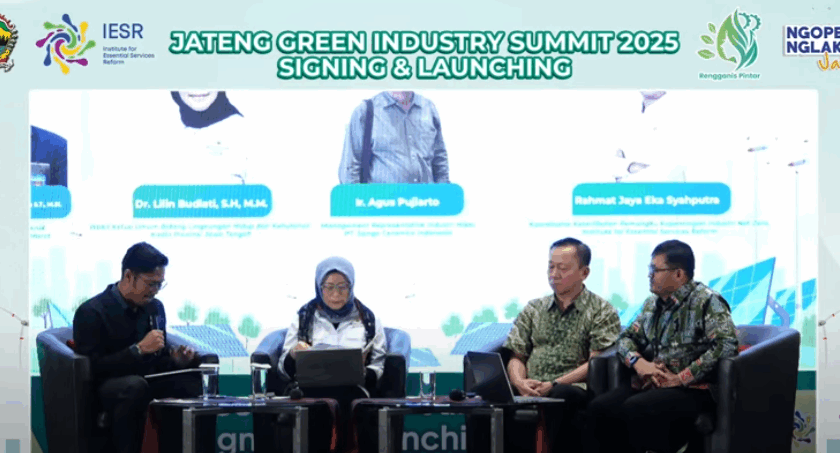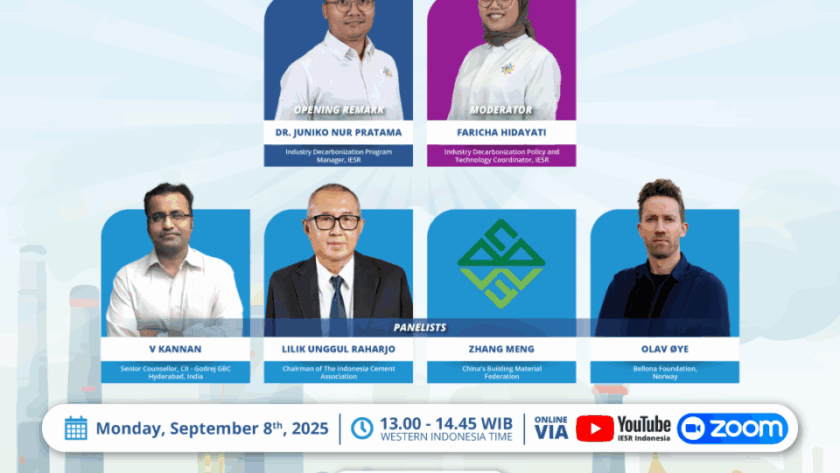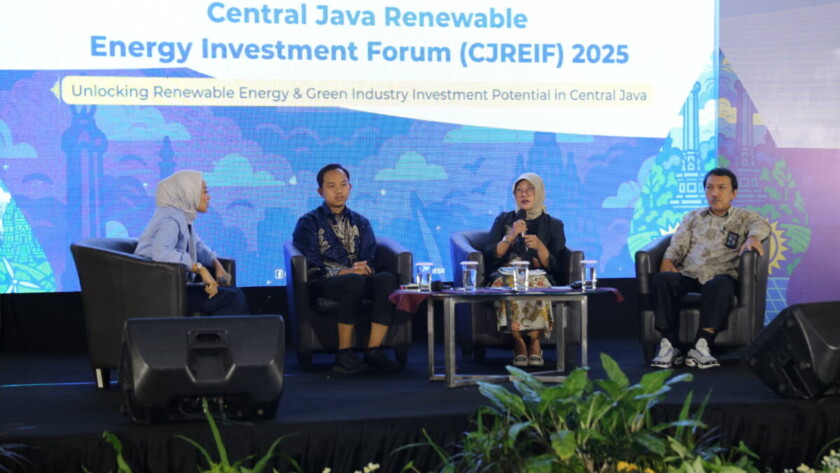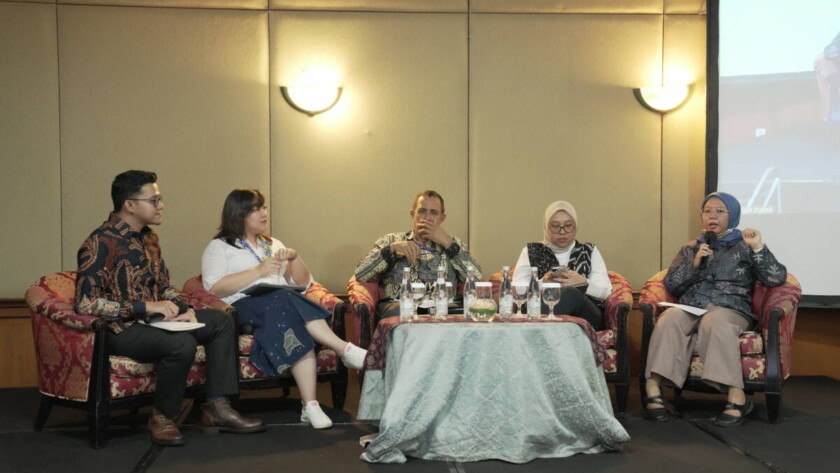Surakarta, September 24, 2025 – Central Java is demonstrating its strong commitment to achieving the Net Zero Emissions (NZE) target by 2060, or sooner, through the transformation of its industrial sector towards greener practices. This commitment has been formalized through the issuance of the Governor of Central Java’s Circular Letter No. 500.9/0006073 of 2025…










